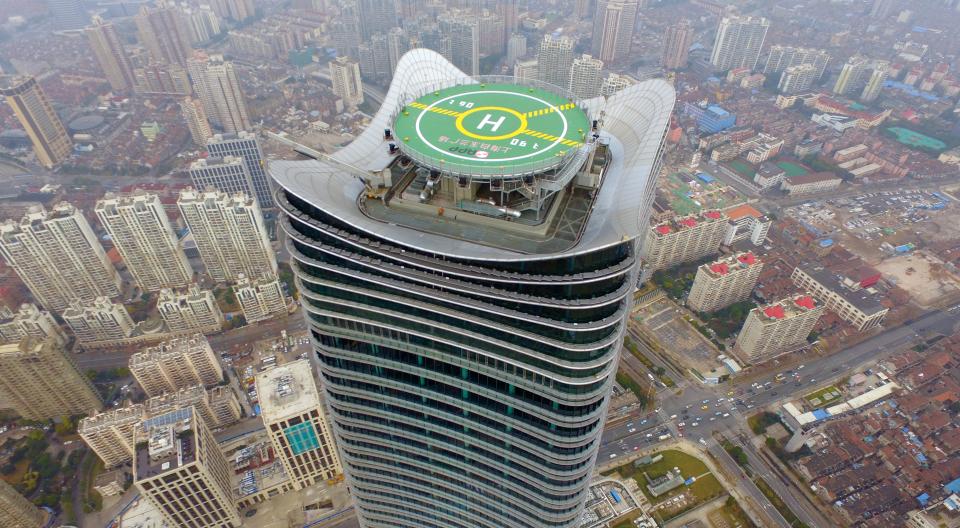China should keep in mind the national picture while promoting local urbanization, wrote Professor Ren Yuan, from School of Social Development and Public Policy, Fudan University in Shanghai, in a recent article in Shanghai-based site
The Paper. Ren suggested the nation should pursue regionally balanced urbanization through, among others, investing in infrastructure in the less developed central and west China and speeding up the development of small- and medium-sized cities.
For decades since the introduction of the reform and opening-up policy, East China, the country’s most developed area, has drawn a huge amount of population. But recent years saw a change to that pattern: the inflow has slowed down, with some cities even experiencing a net population outflow.
People returning from east China to central and west China has, along with other factors like industrial transfer and favorable national development strategies, contributed to the accelerated urbanization there as well as a balanced regionally urbanization pattern.
Nevertheless, eastern China as a whole continues to draw a significant net population inflow, with its urban population still growing. To cope with the challenges brought about by the population increases, Ren argued, the authorities of mega-cities like Beijing and Shanghai should strengthen management and service capacities, while making the cities adapt to more concentrated, more effective city clusters.
Ren also posited that the increasing rate at which urbanization in central and west China is advancing must be supported by accelerated industrial development. “Enormous infrastructure investment and industrial development underpin the rapider urbanization in central and west China,” he said. Equally necessary is the industrial transfer westwards from east China, but not the transfer of excess capacity or high-pollution industries. Ren additionally argued for a national industrial development and cooperation system should be established.
After 2010, the population in small towns increased at a higher rate than in prefecture-level and county-level cities. “An important aspect of China’s urbanization is that mega-cities and small towns urbanize quickly, whereas cities with a scale falling in between don't perform so well,” Ren said. The professor suggested that a mechanism for coordinated development of cities of all sizes should be built.

 Old Version
Old Version